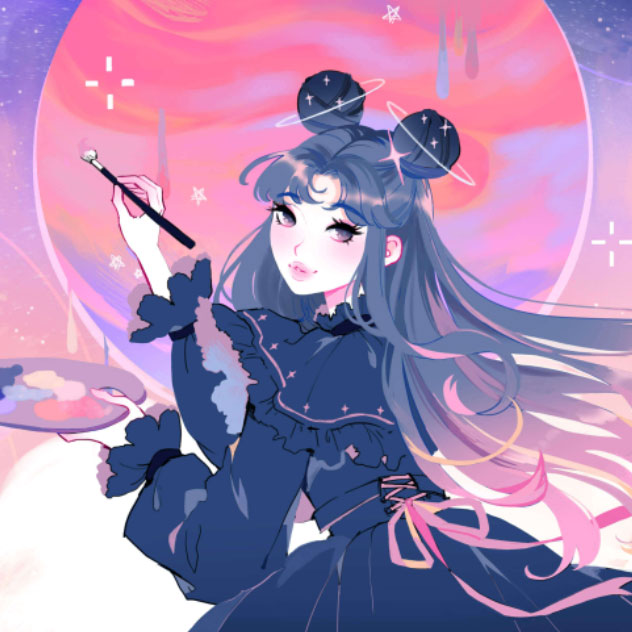
Many stellar drawing apps are available for experienced digital artists and digital art newcomers. Let’s review and briefly analyze the top drawing and painting apps for digital artists. Hopefully, you will find the one right for you.
Procreate
Procreate by Savage Interactive for iOS and iPadOS is one of the most prominent painting apps on the market today. This app is a darling among expert illustrators and newcomers to digital art. The platform gives artists the ability to create precise brushes, maintain a shareable portfolio, and manage a local sketchbook.
Procreate hosts comprehensive courses for teachers and students, such as color harmony, 3D model painting, stroke stabilization, Procreate tools, tips and tricks, learning to animate, layers, blend modes, and artistic topics covering science, math, and humanities.
Download: Procreate for iPad
Website: https://procreate.art
Astropad Studio
Founded in 2013, Astropad’s studio app is ideal for iPad owners and offers a unique product called Luna Display to mirror your tablet screen to your laptop. The drawing app includes customizable “magic” gestures to easily change tools, unlimited shortcuts, and a stroke lab to fully control your drawing style.
Astropad runs on a proprietary video technology called LIQUID. As a result, you will witness stunning image quality and responsiveness, with color-corrected output and Retina resolution. What you see on your iPad is the same as on your desktop.
Download: Astropad Studio for iPad
Website: https://astropad.com/product/studio
Sketchbook
Manage your everyday collection of sketches and drawings with Sketchbook. Implementing a paper-like aesthetic, Sketchbook hosts a clean interface for illustrators, designers, and artists to express and capture inspiration while on the go.
Enjoy hundreds of customizable brushes, linear and radial gradients, and radial symmetry toolsets. Furthermore, traditional rulers, curved rulers, ellipse, and French curve tools are available to guide you, or you can also use the Predictive Stroke tool to draw perfectly smooth strokes.
Download: Sketchbook for Android | iPad
Website: https://www.sketchbook.com
Clip Studio Paint
Clip Studio Paint, informally known as Kurisuta, comes from a Japanese software company, Celsys, and hosts the typical tools professional designers expect for illustration and storytelling. The software company focuses on comic, Manga, and anime-style artwork, but we’ve seen a wide range of artwork made through Clip Studio Paint.
Artists rely on Clip Studio Paint to piece together concept paintings, character art, illustrations, sequential art, web-toons, and animation. For instance, the app offers thousands of robust tools such as customizable brushes, vector lines, and decoration brushes to help with repetitive design elements, photo to line art conversion, lettering features, panel creation, fast coloring, etc.
Clip Studio Paint is optimized for comfortable creation on smaller screens. All features of the PC version are also available on iPad, iPhone, Galaxy, Android, or Chromebook devices.
Download: Clip Studio Paint for Android | iPad
Website: https://www.clipstudio.net
Adobe Illustrator for iPad
Adobe’s Illustrator for the iPad is wildly favored among the digital art community. The app reimagines the classic Illustrator for iPad users. Although the app doesn’t retain all the desktop version features, it works incredibly well as a standalone drawing center.
The app is free with in-app purchases, but it still has radial, grid, and mirror repeat features. Regarding iPad-specific qualities, artists particularly love optimization for Apple Pencil and the ability to use the iPad’s camera to create instant palettes. Another brilliant element of the Illustrator app is that you can seamlessly send files to and from the Illustrator software on your desktop.
Download: Adobe Illustrator for iPad or Photoshop for iPad
Website: https://www.adobe.com/products/illustrator.html
Tip: Before working on your new digital artwork, be sure your settings reflect a high quality or high-resolution at least 300dpi or 600dpi. Some of these applications default in a low-resolution mode, which may be frustrating when trying to professionally print. Also, don’t forget about adding a bleed area to your artwork.

